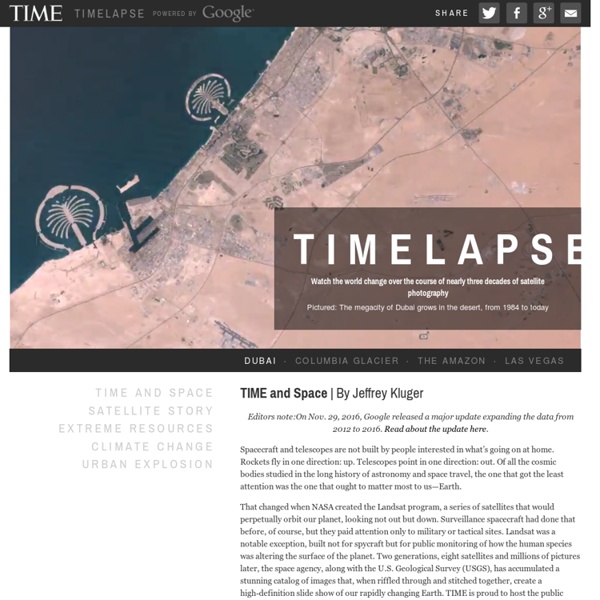From the Summits of Empire
IN THE EARLY HOURS OF 15 JANUARY 1934, an earthquake of magnitude 8.4 rocked Nepal and Bihar. Fissures as much as five kilometres deep opened in the earth, exhaling a choking dust and swallowing hillsides and villages. Ten thousand people died without leaving their beds. Although Kathmandu was relatively unscathed, nearby Patan was upheaved; large portions of the prime minister’s private palace were razed, and the town’s Durbar Square filled up with rubble. In distant Calcutta, the bell tower and steeple of St Paul’s Cathedral collapsed, the crash accompanied by a tremendous clang. As the Indian and Eurasian tectonic plates shifted into a more comfortable position beneath the earth’s surface, new lakes filled up behind landslides in the Himalayas and more people lost their lives in shuddering aftershocks.
Microsoft is interesting again — very
Microsoft has been largely dead to Silicon Valley because for the past decade they struggled in — or completely missed — the last five major technology movements. Those five movements, and who they lost to are: 1/open source (to Linux, MySQL, etc.) 2/search (to Google) 3/mobile (to Apple) 4/social (to Facebook) 5/cloud (to Amazon) In this piece: why MSFT failed (dividends), why they’re back (Satya) & what 7 things they can do to be as important to the future as Apple, Google, and Facebook. [ Click to Tweet (can edit before sending): ]
If the Earth Stood Still - What Would Happen if the Earth Stopped Spinning?
Modeling the absence of centrifugal force By Witold Fraczek, Esri This article as a PDF. The following is not a futuristic scenario.
10 Strange Things About The Universe
Space The universe can be a very strange place. While groundbreaking ideas such as quantum theory, relativity and even the Earth going around the Sun might be commonly accepted now, science still continues to show that the universe contains things you might find it difficult to believe, and even more difficult to get your head around. Theoretically, the lowest temperature that can be achieved is absolute zero, exactly ?273.15°C, where the motion of all particles stops completely. However, you can never actually cool something to this temperature because, in quantum mechanics, every particle has a minimum energy, called “zero-point energy,” which you cannot get below.
1746 map of London now available as an incredibly detailed Google map
The Centre for Metropolitan History and Museum of London Archaeology wanted a map that could help them visualise data from the 18th and 19th centuries. They started by taking John Rocque’s 1746 map of London, putting the 24 parts together, then georeferencing it. (For non-cartographers, georeferencing is “the process by which an electronic image of the earth is located on to the earth in the right place, so that the features it depicts overlie the same features shown on a current measured reality”.)
If on a winter's night a traveler
If on a winter's night a traveler (Italian: Se una notte d'inverno un viaggiatore) is a 1979 novel by the Italian postmodernist writer Italo Calvino. The narrative, in the form of a frame story, is about the reader trying to read a book called If on a winter's night a traveler. Each chapter is divided into two sections. The first section of each chapter is in second person, and describes the process the reader goes through to attempt to read the next chapter of the book he is reading. The second half is the first part of new book that the reader ("you") finds. The second half is always about something different that the previous ones and the ending that is never explained.
Space-age entrepreneur
Updated: 2015-01-30 08:42 By Cecily Liu(China Daily Europe) Oxford University graduate is turning space agency's technologies into commercial baby-care products
Deforestation in the Democratic Republic of the Congo
Flying hundreds of kilometers above the Earth, satellites rarely see the human suffering from war and poverty. But decades of unrest have left a very visible impact on the Democratic Republic of the Congo (DRC). The DRC contains half of Africa’s tropical forest and the second largest continuous tropical forest in the world.



